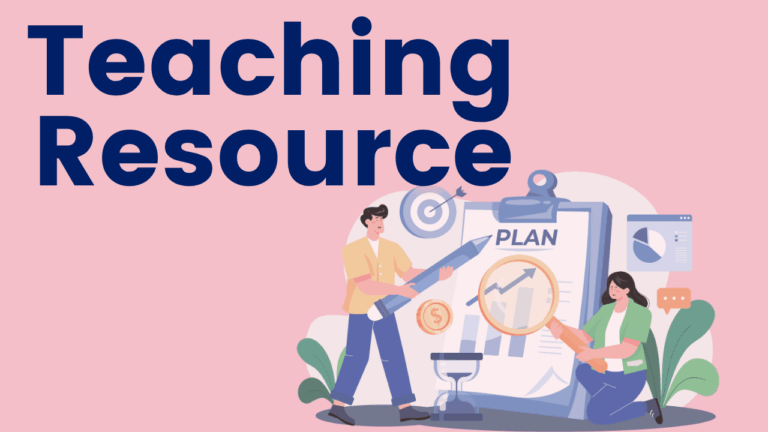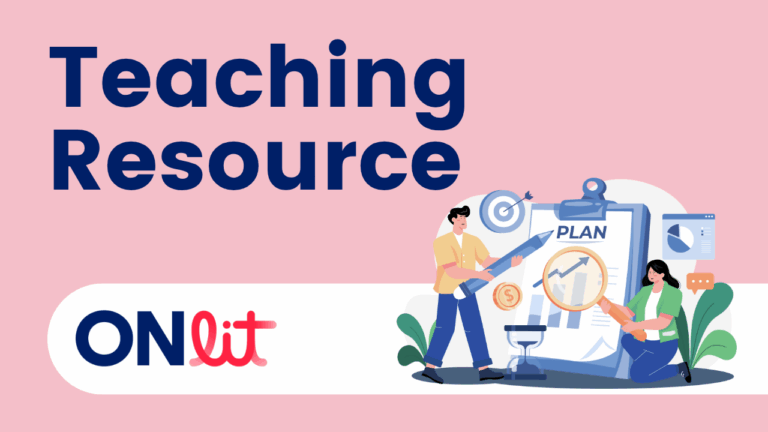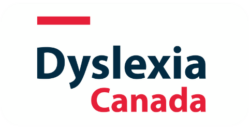Writing Pathway
The Writing Pathway, researched by Dr. Steve Graham, makes high-quality writing instruction accessible to all, blending a researched approach with AI tools that save educators time. Teachers can create writing practice for any topic or content area across grades 3-12.








